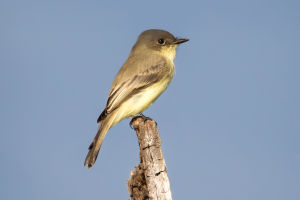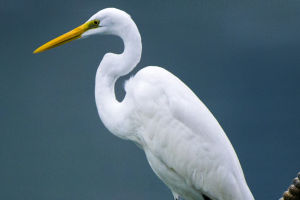The Maasai Mara National Reserve in Kenya is one of the most famous wildlife reserves in the world.
With its rich ecological diversity and magnificent natural scenery, it attracts thousands of visitors every year.
The reserve is home to a wide variety of wildlife, with the cheetah being one of the most prominent predators.
As the fastest land animal in the world, the cheetah plays a crucial role in the ecosystem of the Maasai Mara. This article will provide an overview of the cheetah in the Maasai Mara, exploring its habits, habitat, and hunting methods.
1. Basic Characteristics
The cheetah is a large member of the cat family, characterized by its slender body and powerful limbs, especially the hind legs, which give it extraordinary running abilities.
Adult cheetahs typically measure between 1.1 to 1.5 meters in length, with a shoulder height of 70 to 90 centimeters, and weigh between 35 to 60 kilograms. Their coat has a distinctive golden-yellow base color, with black spots that help them camouflage in the grassland environment. These spots are unique to each cheetah, much like fingerprints.
The cheetah's head is relatively small, with distinct black tear marks on its face that help reduce sunlight reflection, enhancing its visual sensitivity during hunting. Their large, protruding eyes have excellent vision, particularly during the day, enabling them to spot prey from hundreds of meters away.
2. Hunting Behavior
The vast grasslands of the Maasai Mara provide an ideal habitat for the cheetah, offering wide open spaces and abundant prey. The cheetah's speed is astonishing, with top speeds reaching up to 110 kilometers per hour.
Their explosive acceleration allows them to close in on prey quickly. However, their endurance is limited, and they can only sustain their top speed for 200 to 300 meters before tiring. Cheetahs typically hunt alone, using their sharp eyesight and swift movements to lock onto their target.
Unlike other big cats, cheetahs do not rely on their powerful bite to kill their prey. Instead, they subdue it by grabbing the throat and suffocating it. This method requires precision and perfect timing.
3. Reproductive Behavior
Unlike lions and jaguars, cheetahs have a relatively loose social structure. Female cheetahs usually live alone, except when a mother is caring for her cubs. They maintain their territories through scent marking and visual signals.
The size of their territories depends on the availability of resources, ranging from a few dozen to several hundred square kilometers. Although cheetahs live fairly solitary lives, they come together during the mating season.
Cheetah breeding does not follow a fixed season but usually occurs when food is plentiful. The female's gestation period is approximately 90 days, with typically 2 to 4 cubs born in a litter. The cubs are extremely vulnerable in their early months, and the mother provides close care to ensure their survival.
She teaches them how to hunt and survive until they are mature enough. By 6 to 8 months of age, the cubs begin to learn how to hunt independently, and by 12 to 18 months, they are fully independent.
As one of the top predators of the Maasai Mara grasslands, the cheetah is not only an essential part of the ecosystem but also a natural wonder. Its unique hunting methods and adaptive abilities make it a guardian of the grassland ecosystem's balance. However, the threats faced by cheetahs should not be overlooked. Through global conservation efforts, we hope to ensure the cheetah's continued prosperity in the Maasai Mara and around the world.


